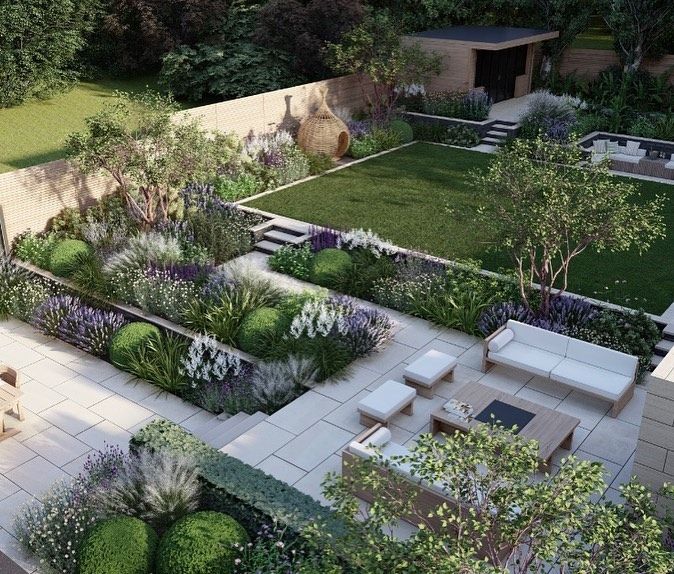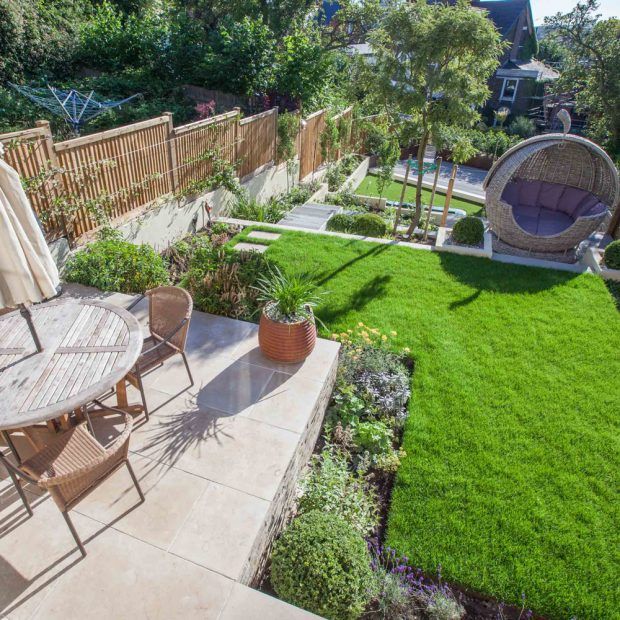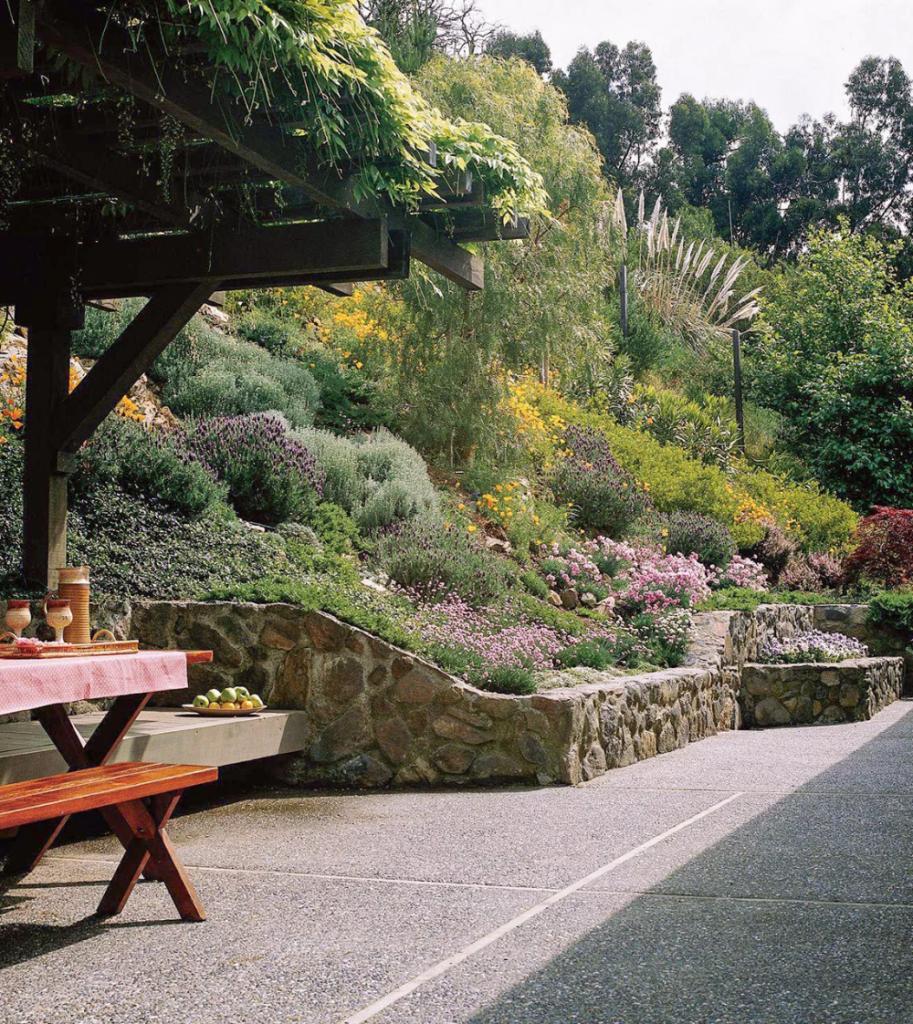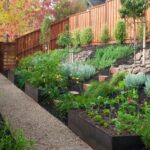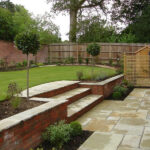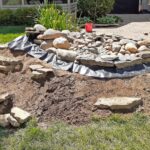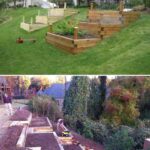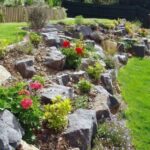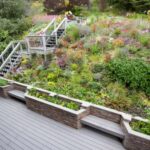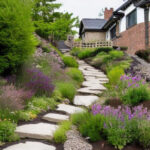Garden Design on a Slope
When it comes to designing a garden on a slope, there are a few key considerations that need to be taken into account in order to create a functional and visually appealing outdoor space. One of the primary concerns when designing a garden on a slope is erosion control. Sloped gardens are prone to erosion due to water runoff, which can wash away soil and plantings. To prevent erosion, it is important to incorporate measures such as retaining walls, terracing, and ground covers into the garden design.
Retaining walls are a popular option for managing erosion on sloped gardens. These walls can be made from a variety of materials, including stone, wood, or concrete, and can help to create level planting areas on the slope. In addition to controlling erosion, retaining walls can also add visual interest to the garden and create a sense of structure. Terracing is another effective way to manage erosion on a sloped garden. By creating a series of flat, level platforms on the slope, terracing helps to slow down water runoff and prevent soil erosion.
In addition to erosion control, it is important to consider plant selection and placement when designing a garden on a slope. Plantings should be chosen based on the specific conditions of the slope, including soil type, sun exposure, and moisture levels. Plants with deep roots can help to stabilize the soil on a slope and prevent erosion, while ground covers can help to hold soil in place and add a carpet of color to the garden. When planting on a slope, it is also important to consider the drainage patterns of the site and choose plants that can thrive in those conditions.
Another important consideration when designing a garden on a slope is accessibility. Sloped gardens can be challenging to navigate, so it is important to design pathways and access points that are safe and easy to traverse. Steps, ramps, and switchback paths can help to make a sloped garden more accessible and create a pleasant experience for visitors. It is also important to consider the use of retaining walls and terracing to create level areas for seating, dining, or other activities in the garden.
When designing a garden on a slope, it is important to take advantage of the natural contours of the site and work with the landscape to create a harmonious outdoor space. By incorporating elements such as retaining walls, terracing, erosion control measures, and carefully selected plantings, it is possible to create a beautiful and functional garden on a slope. With some careful planning and thoughtful design, a sloped garden can become a unique and inviting outdoor retreat that enhances the beauty of the surrounding landscape.
 yishifashion Where Outdoor Dreams Become Reality
yishifashion Where Outdoor Dreams Become Reality
